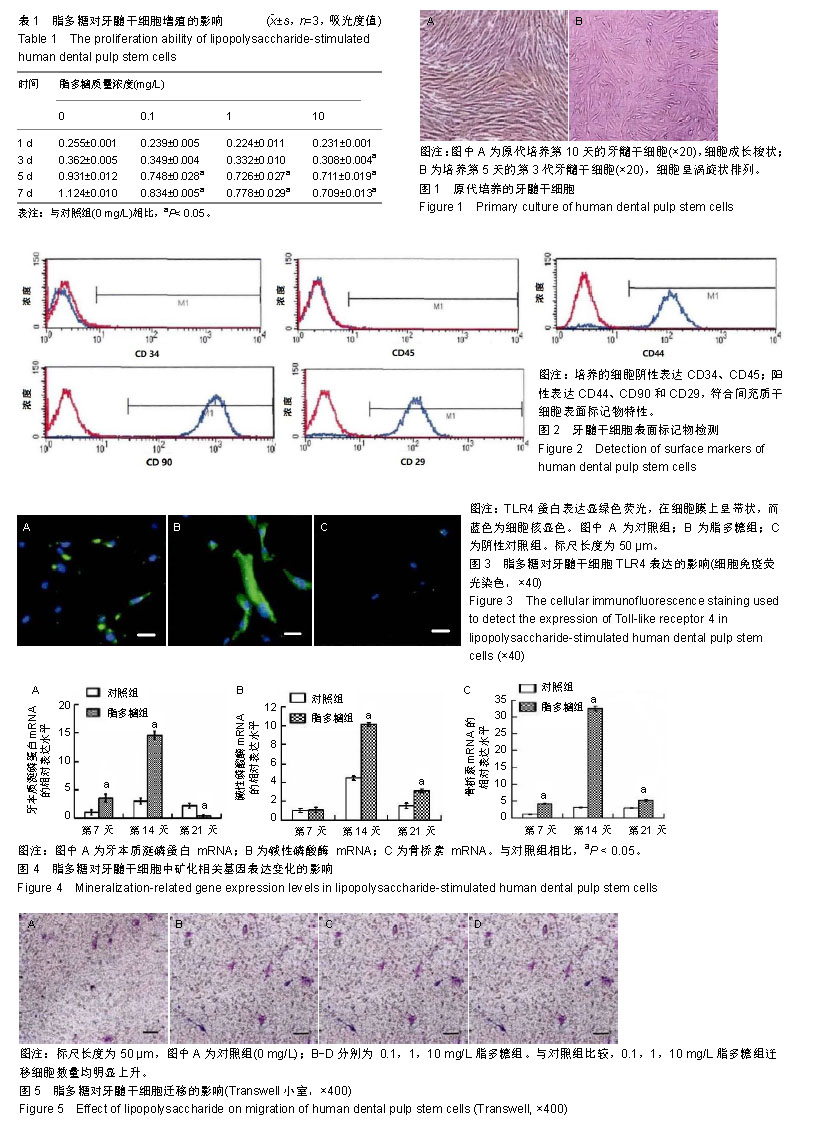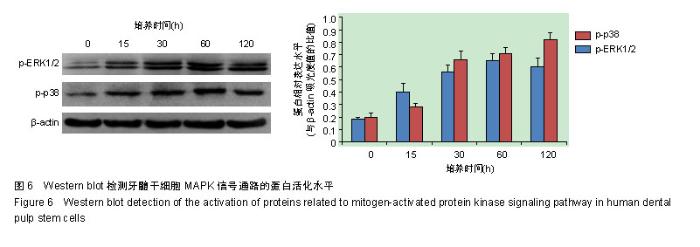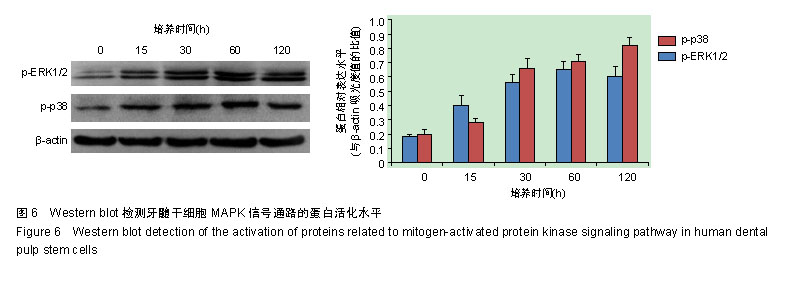| [1]Hotamisligil GS. Endoplasmic reticulum stress and the inflammatory basis of metabolic disease. Cell. 2010;140(6): 900-917. [2]Anderson ST, Commins S, Moynagh PN, et al. Lipopolysaccharide-induced sepsis induces long-lasting affective changes in the mouse. Brain Behav Immun. 2015; 43:98-109. [3]Hoshino K, Takeuchi O, Kawai T, et al. Pillars Article: Cutting Edge: Toll-Like Receptor 4 (TLR4)-Deficient Mice Are Hyporesponsive to Lipopolysaccharide: Evidence for TLR4 as the Lps Gene Product. J. Immunol. 1999. 162: 3749-3752. J Immunol. 2016;197(7):2563-2566.[4]Kim JH, Woo SM, Choi NK, et al. Effect of Platelet-rich Fibrin on Odontoblastic Differentiation in Human Dental Pulp Cells Exposed to Lipopolysaccharide. J Endod. 2017;43(3): 433-438. [5]Kato H, Taguchi Y, Tominaga K, et al. Porphyromonas gingivalis LPS inhibits osteoblastic differentiation and promotes pro-inflammatory cytokine production in human periodontal ligament stem cells. Arch Oral Biol. 2014;59(2): 167-175. [6]热比亚·艾米都拉,阿瓦古丽·托合提,帕它木·莫合买提.新疆兵团某农场3~6岁儿童乳牙龋患趋势分析[J].中国学校卫生, 2015, 36(11):1748-1750.[7]Horst OV, Tompkins KA, Coats SR, et al. TGF-beta1 Inhibits TLR-mediated odontoblast responses to oral bacteria. J Dent Res. 2009;88(4):333-338. [8]吕辰翼,童熹,许洁,等.牙周牙髓病变与牙周病原菌感染的相关性分析[J].中华医院感染学杂志,2015,25(23):5462-5464.[9]Silva L, Nelson-Filho P, Leonardo MR, et al. Effect of calcium hydroxide on bacterial endotoxin in vivo. J Endod. 2002;28(2): 94-98.[10]Feng G, Zheng K, Song D, et al. SIRT1 was involved in TNF-α-promoted osteogenic differentiation of human DPSCs through Wnt/β-catenin signal. In Vitro Cell Dev Biol Anim. 2016;52(10):1001-1011. [11]Zhang J, Wu L, Qu JM. Inhibited proliferation of human lung fibroblasts by LPS is through IL-6 and IL-8 release. Cytokine. 2011;54(3):289-295. [12]Adachi T, Nakanishi T, Yumoto H, et al. Caries-related bacteria and cytokines induce CXCL10 in dental pulp. J Dent Res. 2007;86(12):1217-1222.[13]徐雪,宋旭婷,刘爽,等.TLR4与脂代谢的研究进展[J].黑龙江畜牧兽医,2017,11(6):55-59.[14]Jansen JC, Timal S, van Scherpenzeel M, et al. TMEM199 Deficiency Is a Disorder of Golgi Homeostasis Characterized by Elevated Aminotransferases, Alkaline Phosphatase, and Cholesterol and Abnormal Glycosylation. Am J Hum Genet. 2016;98(2):322-330. [15]Nurrohman H, Saeki K, Carneiro K, et al. Repair of dentin defects from DSPP knockout mice by PILP mineralization. J Mater Res. 2016;31(3):321-327. [16]Guo S, Lim D, Dong Z, et al. Dentin sialophosphoprotein: a regulatory protein for dental pulp stem cell identity and fate. Stem Cells Dev. 2014;23(23):2883-2894. [17]Mizuno M, Banzai Y. Calcium ion release from calcium hydroxide stimulated fibronectin gene expression in dental pulp cells and the differentiation of dental pulp cells to mineralized tissue forming cells by fibronectin. Int Endod J. 2008;41(11):933-938. [18]Cho KW, Cai J, Kim HY, et al. ERK activation is involved in tooth development via FGF10 signaling. J Exp Zool B Mol Dev Evol. 2009;312(8):901-911. [19]李伟,胡红梅.p38-MAPK 信号通路对牙髓干细胞生物性能的影响[J].中国老年学杂志,2018,38(18):4569-4571.[20]Kaufmann J, Martinka P, Moede O, et al. Noradrenaline enhances angiotensin II responses via p38 MAPK activation after hypoxia/re-oxygenation in renal interlobar arteries. Acta Physiol (Oxf). 2015;213(4):920-932. [21]付蕾,范晓敏,张菁,等.丝裂原活化蛋白激酶P38信号途径在人牙髓细胞向成牙本质细胞分化中作用的体外研究[J].牙体牙髓牙周病学杂志,2013,23(3):153-156.[22]Alawad A, Altuwaijri S, Aljarbu A, et al. Depletion of androgen receptor (AR) inmesenchymal stem cells (MSCs) inhibits induction of CD4+CD25+FOX3+ regulatory T (Treg) cells via androgen TGF-β interaction. J Appl Biomed. 2015;13(4): 263-271.[23]王岚,夏佳佳,刘琪,等.脂多糖对人牙周膜干细胞增殖及炎性因子表达的影响[J].华西口腔医学杂志,2013,31(3):286-290. |



